The Titanic’s tragic story continues to captivate our imagination over a century after it sank in the frigid Atlantic waters. Among the fascinating aspects of this maritime disaster are the artifacts that have been salvaged from the ocean floor. These relics not only provide a tangible connection to the past but also offer intriguing insights into the lives of those who were aboard the ill-fated ship. Let’s dive into some of the most valuable treasures recovered from the Titanic and discover where they are now.
1. The Priceless Violin

One of the most poignant and valuable items recovered from the Titanic is the violin played by Wallace Hartley, the ship’s bandleader. According to the BBC, this instrument was found strapped to Hartley’s body when it was recovered from the sea. The violin is not just a musical instrument; it symbolizes the courage and dedication of Hartley and his band, who famously played on as the ship sank. In 2013, the violin was auctioned for a staggering $1.7 million, making it one of the most expensive Titanic artifacts. This sale underscored the tremendous emotional and historical significance attached to the artifact.
The violin is now housed in a private collection, and it is occasionally displayed in museums around the world. It serves as a poignant reminder of the human spirit in the face of disaster. Its preservation and display allow the public to reflect on the Titanic’s legacy and the individual stories of heroism and tragedy. Each exhibition of the violin draws crowds eager to witness this iconic piece of history.
2. The Captain’s Telescope
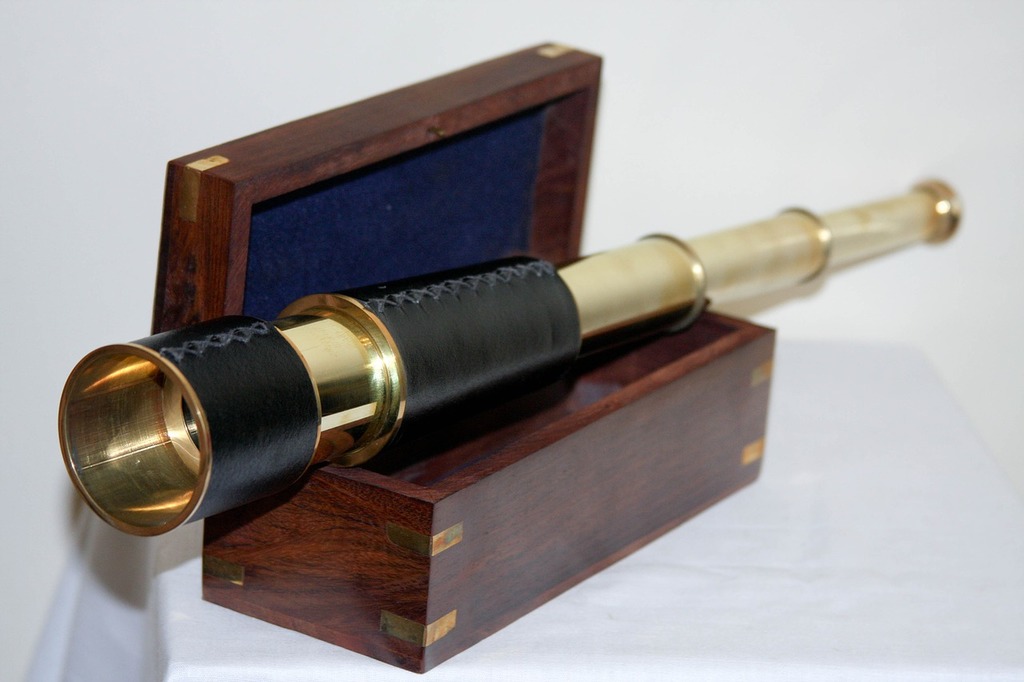
Captain Edward Smith’s telescope is another invaluable relic from the Titanic. According to BBC, this brass instrument was found in an attic and recovered during an expedition to the wreck site and is a testament to Smith’s leadership during the ship’s final hours. The telescope, covered in a century’s worth of oceanic residue, was meticulously cleaned and restored to its original condition. In 2012, it was put on display at one of the major Titanic exhibitions, drawing visitors eager to glimpse what the captain once used to navigate the ill-fated journey.
Now, the telescope resides in a museum dedicated to the Titanic’s history. It serves as an educational tool, offering insight into the navigational challenges of early 20th-century sea travel. The telescope’s presence in the museum allows visitors to connect with Captain Smith’s story, contemplating the immense responsibility he held during the voyage. It remains a captivating piece for those interested in maritime history and the tragic tale of the Titanic.
3. The Luxurious Pocket Watch
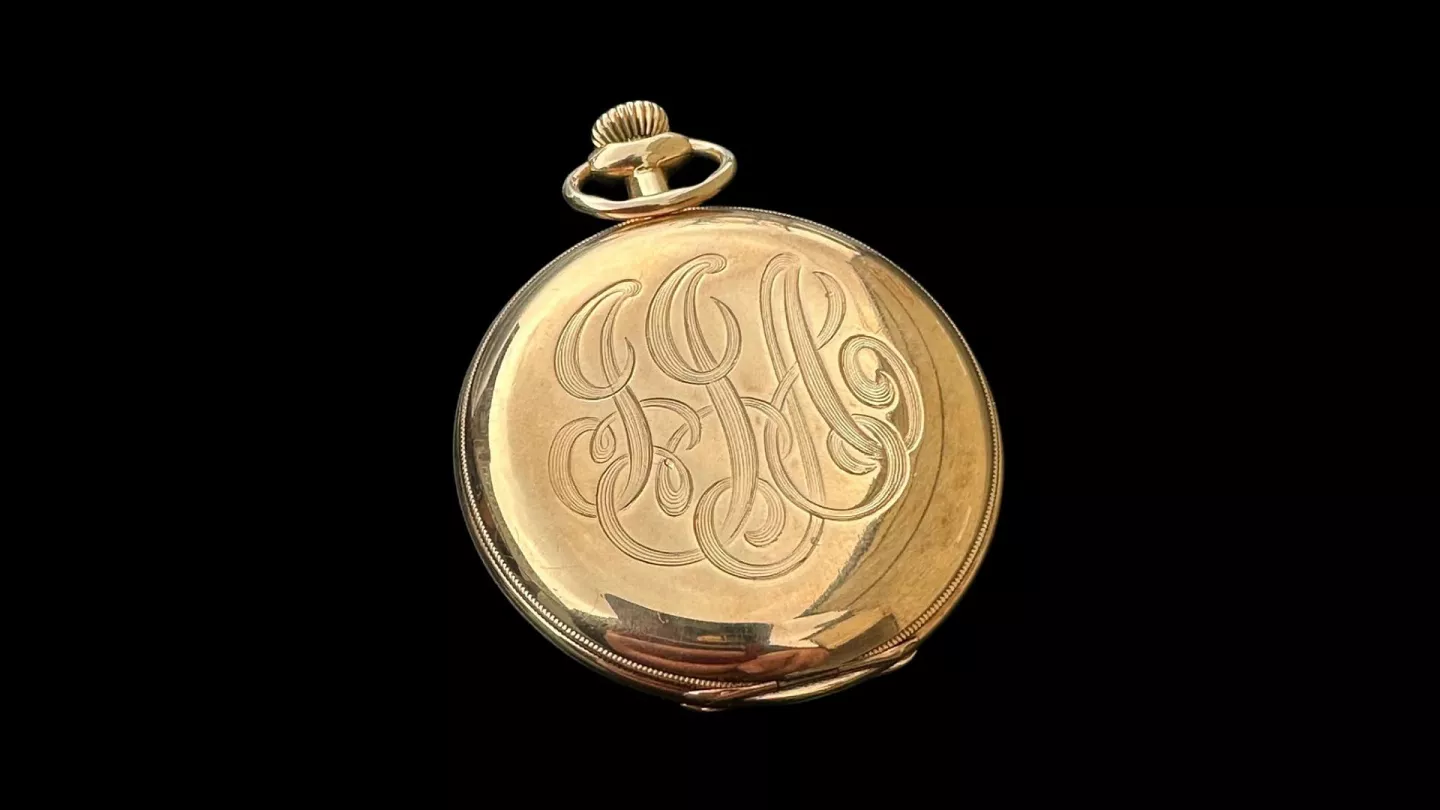
One of the more personal items recovered from the Titanic is the pocket watch belonging to passenger John Chapman. The watch stopped at precisely 1:45 AM, marking the moment it was submerged in icy waters. According to The Telegraph, the timepiece was found in Chapman’s clothing when his body was recovered. The watch is a symbol of the abrupt halt to the lives of the passengers and crew aboard the ship.
Today, the pocket watch is part of an extensive collection of Titanic artifacts showcased in traveling exhibitions worldwide. It provides visitors with a glimpse into the personal lives of those aboard and serves as a poignant reminder of the disaster’s human toll. The watch’s intricate design and craftsmanship also highlight the era’s opulence, contrasting the fragility of life with the luxury of the Titanic. By preserving and displaying the watch, museums keep the stories of passengers like Chapman alive for future generations.
4. The Elegant Perfume Vials

Among the most unique finds from the Titanic wreck are the perfume vials belonging to Adolphe Saalfeld, a German-born chemist. Saalfeld was traveling with a collection of perfume samples, hoping to expand his business in America. The vials were recovered from the ocean floor, their contents remarkably intact and emitting faint fragrances despite decades underwater. These tiny glass bottles are not only beautiful but also tell a story of ambition and enterprise.
The perfume vials are now part of a traveling exhibition, offering a sensory experience for visitors. Museums occasionally open one of the vials to let visitors experience the scents that were meant to captivate early 20th-century America. The vials’ recovery highlights the personal aspirations of Titanic’s passengers and the diverse pursuits they brought with them. These artifacts serve as a bridge between the past and present, allowing us to connect with the individual dreams lost in the tragedy.
5. The Remarkable China Set
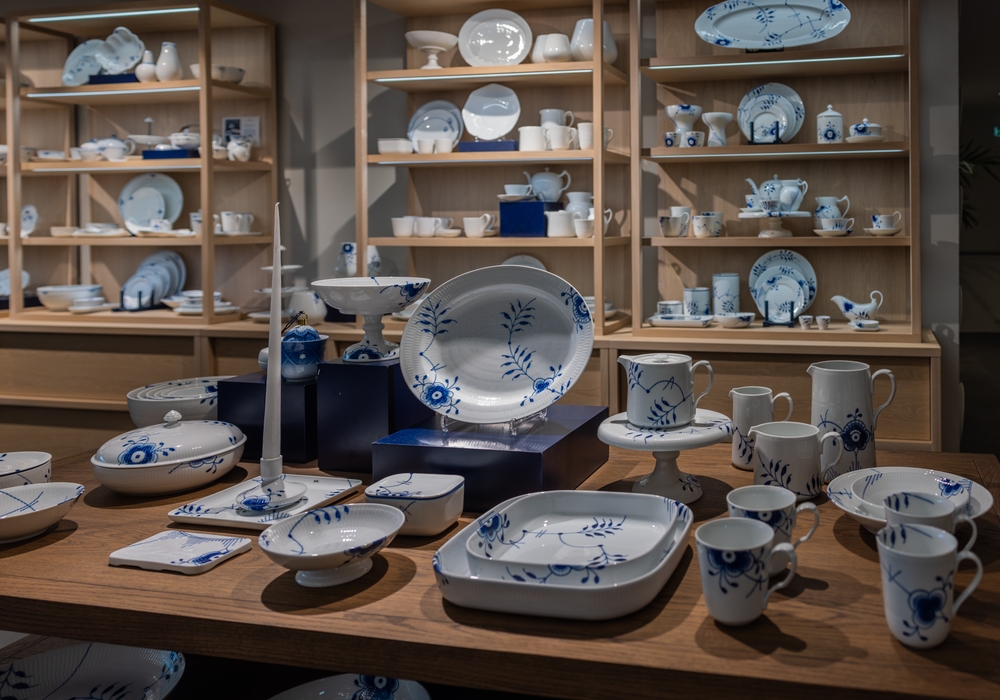
Dining in style was an essential part of the Titanic experience, and the ship was stocked with fine china to cater to its affluent passengers. After the ship sank, many pieces of this lavish china were lost to the ocean depths. However, some were recovered and meticulously restored to their former glory. The intricate designs and craftsmanship of these dishes offer a glimpse into the luxury that characterized the Titanic.
The recovered china is now exhibited in museums dedicated to the maritime history of the Titanic. These pieces allow visitors to appreciate the sumptuous dining experiences afforded to the ship’s wealthy passengers. Each piece tells a story of elegance and opulence, contrasting with the hardship faced by many others on board. The china set’s display encourages reflection on the social stratification that was prevalent during the Titanic’s time.
6. The Steadfast Telegraph
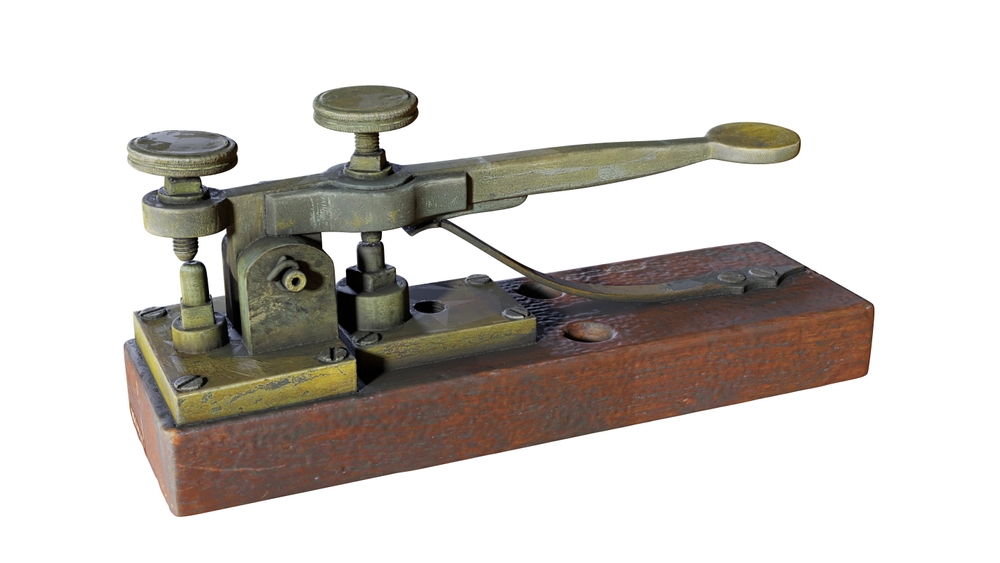
The Titanic’s telegraph, used to send distress signals as the ship was sinking, is among the most historically significant artifacts recovered. This communication device played a critical role in relaying SOS messages, which ultimately saved lives by alerting nearby ships. After being retrieved from the wreck, the telegraph was carefully restored to preserve its functionality and historical value. It stands as a testament to the crew’s quick thinking and the technology of the time.
Now housed in a prominent maritime museum, the telegraph is an educational piece that highlights early 20th-century communication methods. Visitors are often captivated by the stories of bravery and quick decision-making associated with this artifact. Its presence in the museum environment offers a tactile connection to the momentous events of that fateful night. By showcasing the telegraph, museums provide an opportunity to explore the intersection of technology and human endeavor.
7. The Intricate Silver Brush Set

Among the personal items retrieved from the Titanic, a silver brush set once owned by an affluent female passenger captures the ship’s elegance. The set includes a mirror, brush, and comb, all intricately designed and indicative of the luxury enjoyed by first-class passengers. Found in a leather case during a dive to the wreck, the pieces were carefully restored to preserve their original splendor. These grooming tools provide insight into the daily lives of the Titanic’s upper echelon.
The silver brush set is now part of a private collection but has been loaned to various exhibitions to educate the public about the Titanic’s history. The items shed light on the personal care routines of wealthy passengers and the societal norms of the early 1900s. Each piece’s craftsmanship reflects the era’s artistry, contrasting with the tragic fate that befell its owner. By displaying such sets, exhibitions allow visitors to ponder the juxtaposition of beauty and loss aboard the Titanic.
8. The Solid Gold Money Clip

A solid gold money clip, belonging to a wealthy businessman aboard the Titanic, was one of the numerous personal items recovered from the sea. The clip, engraved with initials, speaks to the personal wealth and status of its owner. Its recovery from the wreck site adds a personal dimension to the tragedy, providing a tangible link to the individuals who perished. This artifact underscores the financial disparity among Titanic’s passengers.
Now part of a renowned Titanic artifact collection, the gold money clip is displayed alongside other personal effects from the ship. Its presence in exhibitions invites reflection on the material aspects of wealth and the societal distinctions evident on the Titanic. The clip’s luxurious nature also stands in stark contrast to the tragic circumstances surrounding its recovery. By viewing such items, the public gains insights into the lives of Titanic’s affluent passengers and the broader implications of the disaster.
9. The Historic Deck Chair
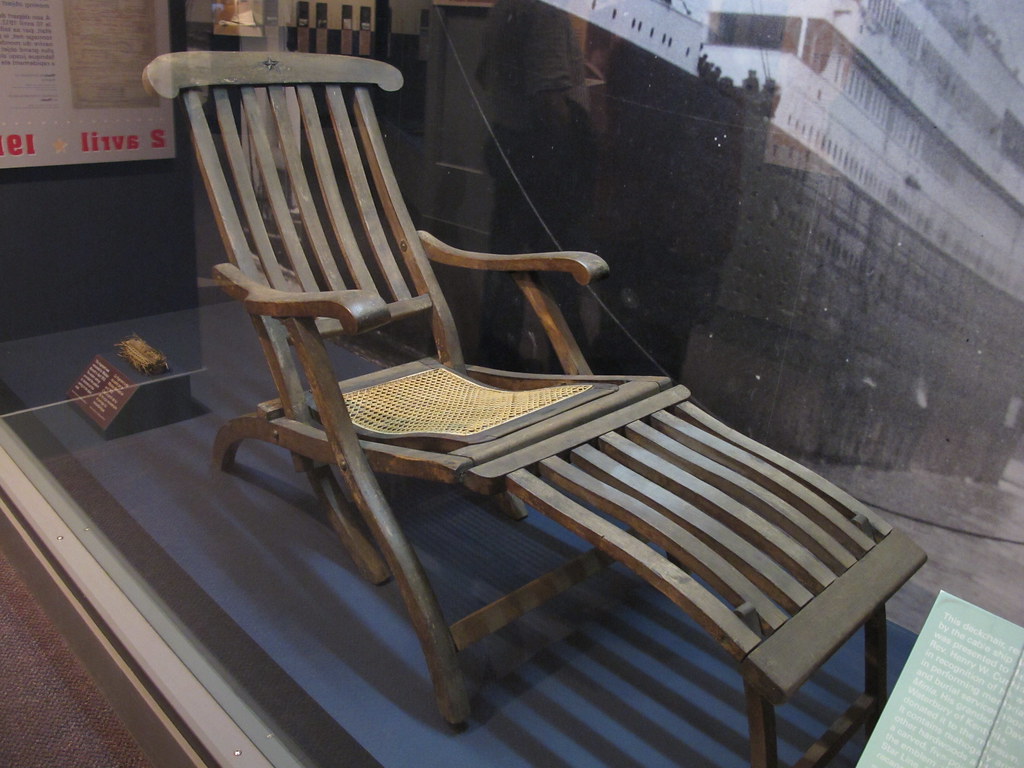
One of the more iconic pieces salvaged from the Titanic is a wooden deck chair, emblematic of the ship’s leisure facilities. These chairs were a staple on the ship’s decks, providing first-class passengers with comfort as they enjoyed the ocean view. The recovered chair, though weathered by time and the sea, retains its original design and craftsmanship. Its presence offers a glimpse into the leisurely lifestyle of Titanic’s wealthiest travelers.
The deck chair is now housed in a maritime museum renowned for its Titanic exhibits. It serves as an evocative artifact, illustrating the stark contrast between the ship’s luxury and the disaster that unfolded. The chair’s survival is a testament to the craftsmanship of the time and adds depth to the narrative of the ship’s grandeur. Viewing the deck chair allows museum-goers to imagine the serene atmosphere of Titanic’s decks before tragedy struck.
10. The Intricate Necklace
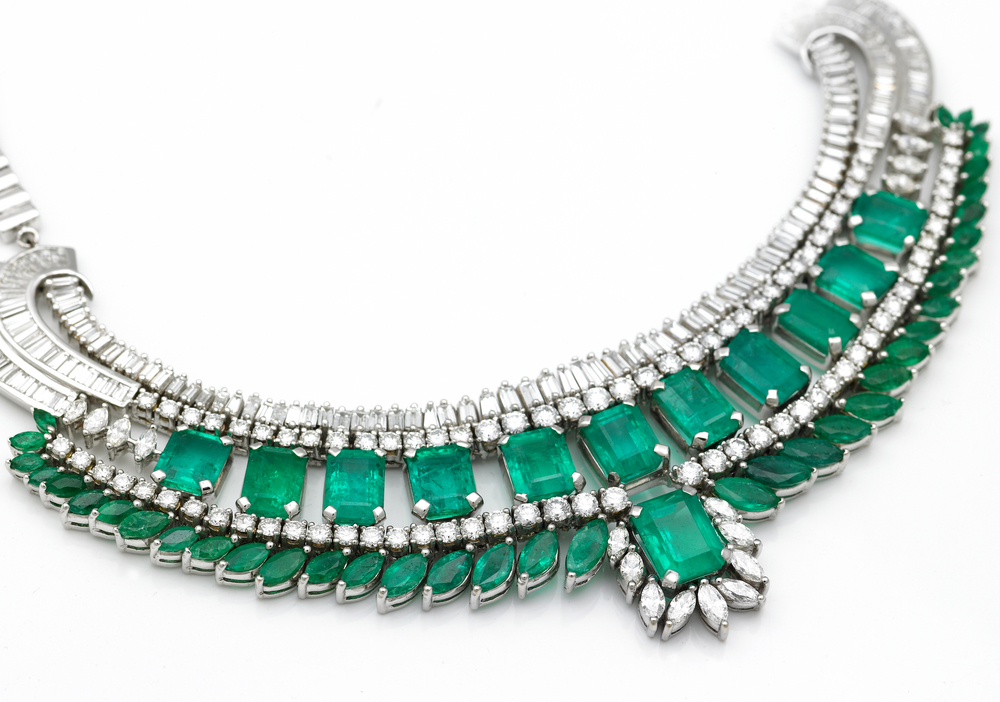
A stunning necklace, retrieved from the Titanic wreck, exemplifies the opulence of the ship’s first-class passengers. The necklace, embedded with precious stones, was found in a jewelry box during an exploration of the wreck site. Its intricate design and sparkling gems tell a story of wealth and sophistication. This piece of jewelry offers insight into the luxurious lifestyle aboard the Titanic.
The necklace is showcased as part of a traveling exhibition, captivating audiences with its beauty and historical significance. Its display allows visitors to connect with the personal stories of those who owned such treasures. The necklace also serves as a poignant reminder of the human lives and dreams lost in the tragedy. By understanding the context of these items, we gain a deeper appreciation for the Titanic’s history and its passengers’ experiences.
11. The Ornate Telegraph Key
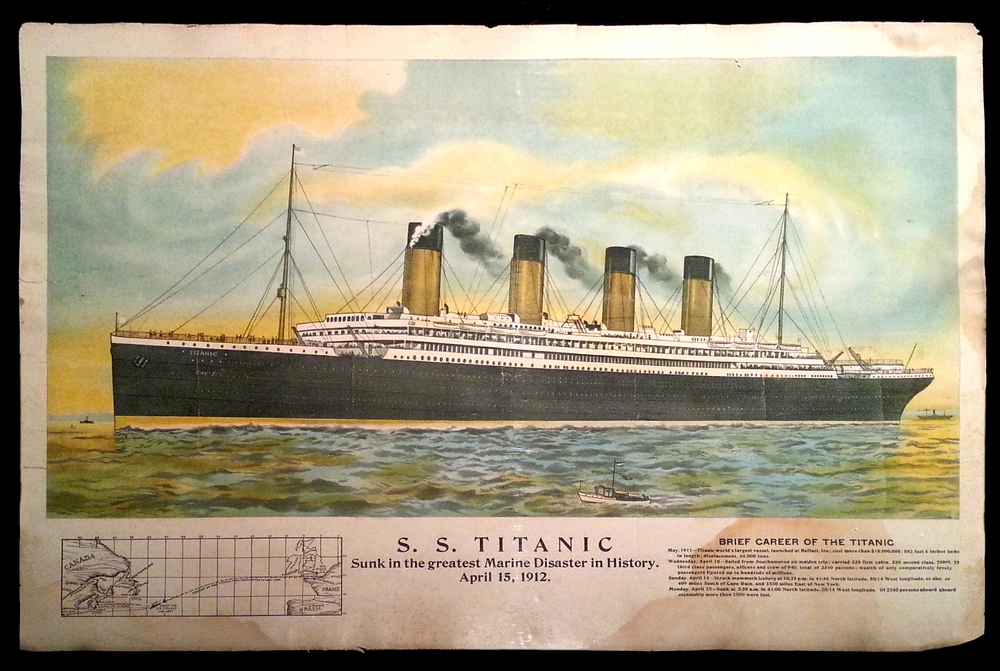
The Titanic’s ornate telegraph key, used in the Marconi wireless room, is a significant artifact from the ship. This device was crucial for communication during the voyage, especially as the ship encountered disaster. Recovered from the wreck, the telegraph key’s intricate design reflects the technological advancements of the time. It stands as a testament to the vital role of communication in maritime safety.
The key is now proudly displayed in a maritime museum, where it serves as an educational tool for visitors. Its presence highlights the importance of wireless communication and the impact of technological innovation in the early 20th century. The telegraph key is an enduring symbol of the critical role it played during the Titanic’s final hours. By preserving and exhibiting such pieces, museums contribute to a broader understanding of maritime history.
12. The Authentic Life Jacket

One of the more somber artifacts recovered from the Titanic is an authentic life jacket, a stark reminder of the ship’s tragic fate. This life jacket, worn by a passenger during the sinking, was found floating in the debris field. Its preservation allows us to reflect on the harrowing experiences of those who donned these vests in hopes of survival. The life jacket is a powerful symbol of the human struggle for life amid disaster.
Currently part of a Titanic-focused exhibition, the life jacket draws attention for its historical poignancy. It offers visitors a tactile connection to the events of that fateful night, highlighting the desperate attempts to save lives. The artifact serves as a poignant reminder of the catastrophe’s human cost and the stories of survival and loss. Exhibiting such pieces ensures that the lessons and legacy of the Titanic endure for future generations.
13. The Engraved Cufflinks

Among the personal belongings salvaged from the Titanic are a pair of engraved cufflinks, emblematic of the ship’s opulent clientele. These cufflinks, adorned with exquisite detailing, were recovered along with other personal items from the wreck site. They reflect the sophistication and style of the ship’s first-class passengers. The engravings on the cufflinks offer a personalized connection to their original owner, adding a layer of intimacy to the artifact.
Now part of a curated collection, the cufflinks are displayed to the public through various exhibitions. They provide insight into the fashion and personal adornments of the early 20th century’s elite. The cufflinks also serve as a narrative tool, allowing visitors to explore the individual stories behind the grandeur of the Titanic. By preserving and showcasing such items, exhibitions deepen our understanding of the ship’s diverse passenger experiences.
14. The Iconic Ship’s Bell
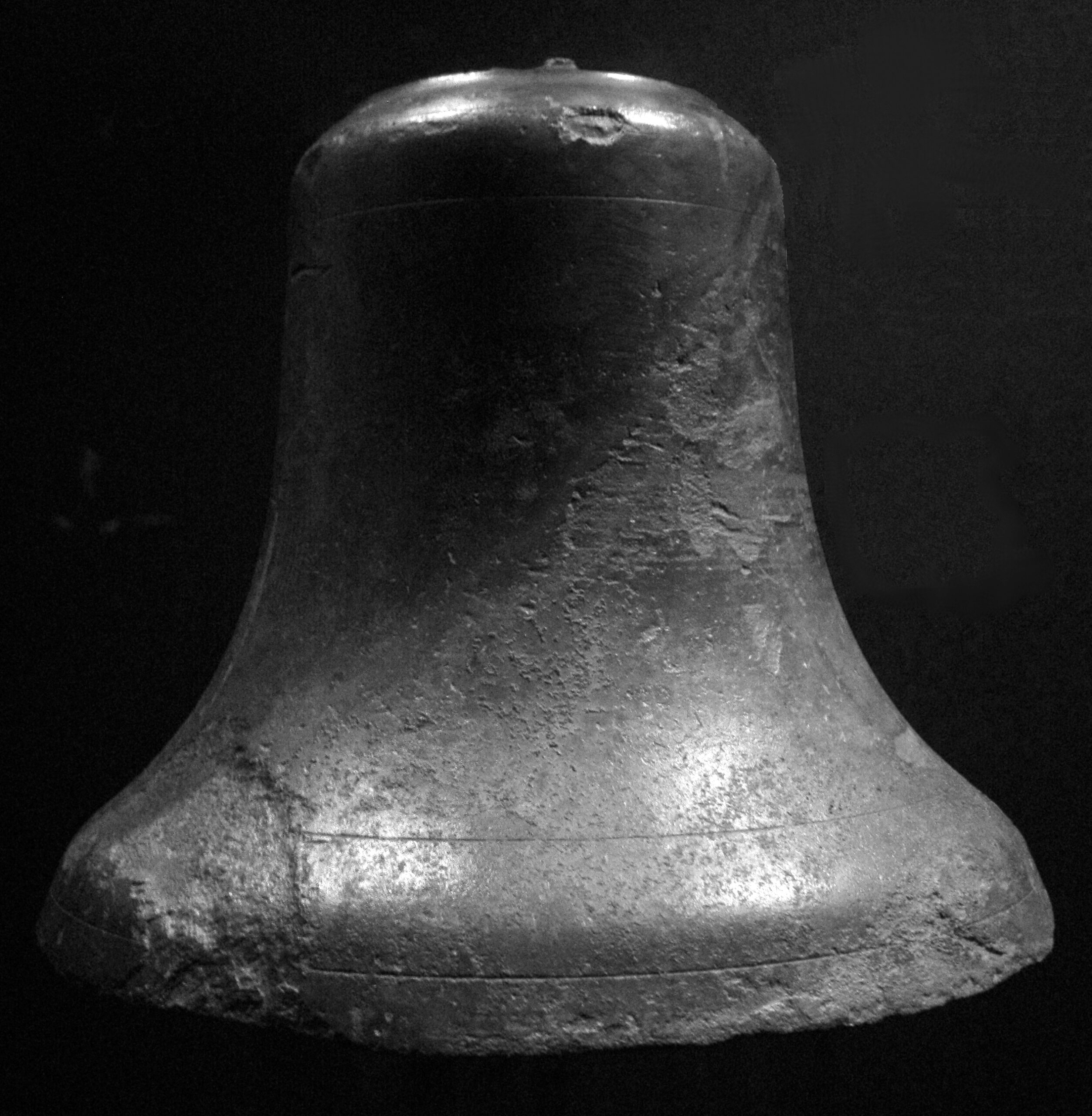
The ship’s bell, once part of the Titanic’s crow’s nest, is one of the most iconic relics recovered from the wreck. This bell was used to alert the crew to potential dangers, including the iceberg that ultimately sealed the ship’s fate. Salvaged during a deep-sea exploration, the bell remains a poignant reminder of the catastrophic event. Its preservation helps us honor the bravery of the crew during the Titanic’s final hours.
Today, the ship’s bell is a centerpiece in a major Titanic museum, drawing visitors from around the world. It serves as a historical anchor, connecting audiences to the pivotal moments leading up to the disaster. The bell’s display fosters reflection on the ship’s legacy, emphasizing the human stories and technological challenges of the time. By featuring such a significant artifact, museums ensure that the Titanic’s story continues to resonate with each new generation.
This article is for informational purposes only and should not be construed as financial advice. Consult a financial professional before making investment or other financial decisions. The author and publisher make no warranties of any kind.








